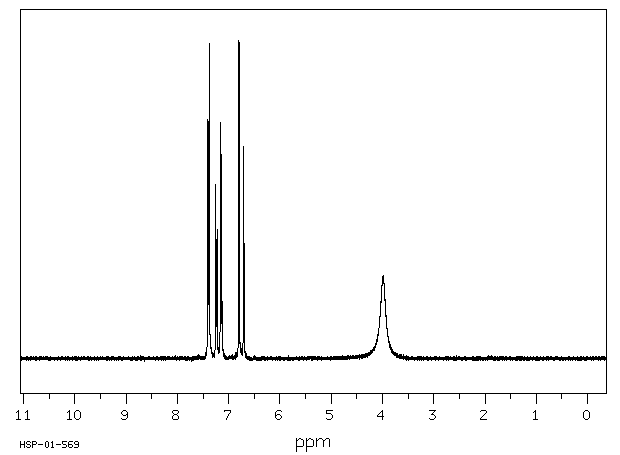代谢
单次口服给予大鼠U-14(C) 3,3'-二氯联苯胺(20 mg/kg)剂量后,导致该化合物与肝脏脂质发生体内共价结合。超过70%的脂质3,3'-二氯联苯胺加合物存在于微粒体中。从总肝脏或内质网中丢失与脂质结合的3,3'-二氯联苯胺残基至少发生两个阶段,一个初始的快速阶段和一个最终的慢速阶段。在体外研究中,使用含有针对特定p450同工酶的抗体的肝脏微粒体,在化学抑制剂的存在下,确定激活3,3'-二氯联苯胺至脂质结合衍生物的酶,涉及到细胞色素p450依赖性。在Ames试验中,3,3'-二氯联苯胺结合的微粒体脂质对Salmonella TA98不具有诱变性。结果表明,3,3'-二氯联苯胺与膜脂质之间的加合形成可能提供了3,3'-二氯联苯胺活化的衡量指标。
Administration of a single oral dose (20 mg/kg) of U-14(C) 3,3'-dichlorobenzidine to rats resulted in the in vivo covalent binding of the compound to hepatic lipids. More than 70% of the lipid 3,3'-dichlorobenzidine adducts were accounted for in microsomes. Loss of the lipid bound 3,3'-dichlorobenzidine residues from either total liver or endoplasmic reticulum occurred in at least two phases an initial fast phase and a terminal slow phase. In vitro studies with hepatic microsomes in the presence of antibodies to specific p450 isozymes and chemical inhibitors to determine the enzymes that activate 3,3'-dichlorobenzidine to the lipid binding derivative(s) implicated cytochrome p450 dependent The 3,3'-dichlorobenzidine bound microsomal lipids were not mutagenic to Salmonella TA98 in the Ames test. The results suggest that adduct formation between 3,3'-dichlorobenzidine and membrane lipids may provide a measure of 3,3'-dichlorobenzidine activation.
来源:Hazardous Substances Data Bank (HSDB)










